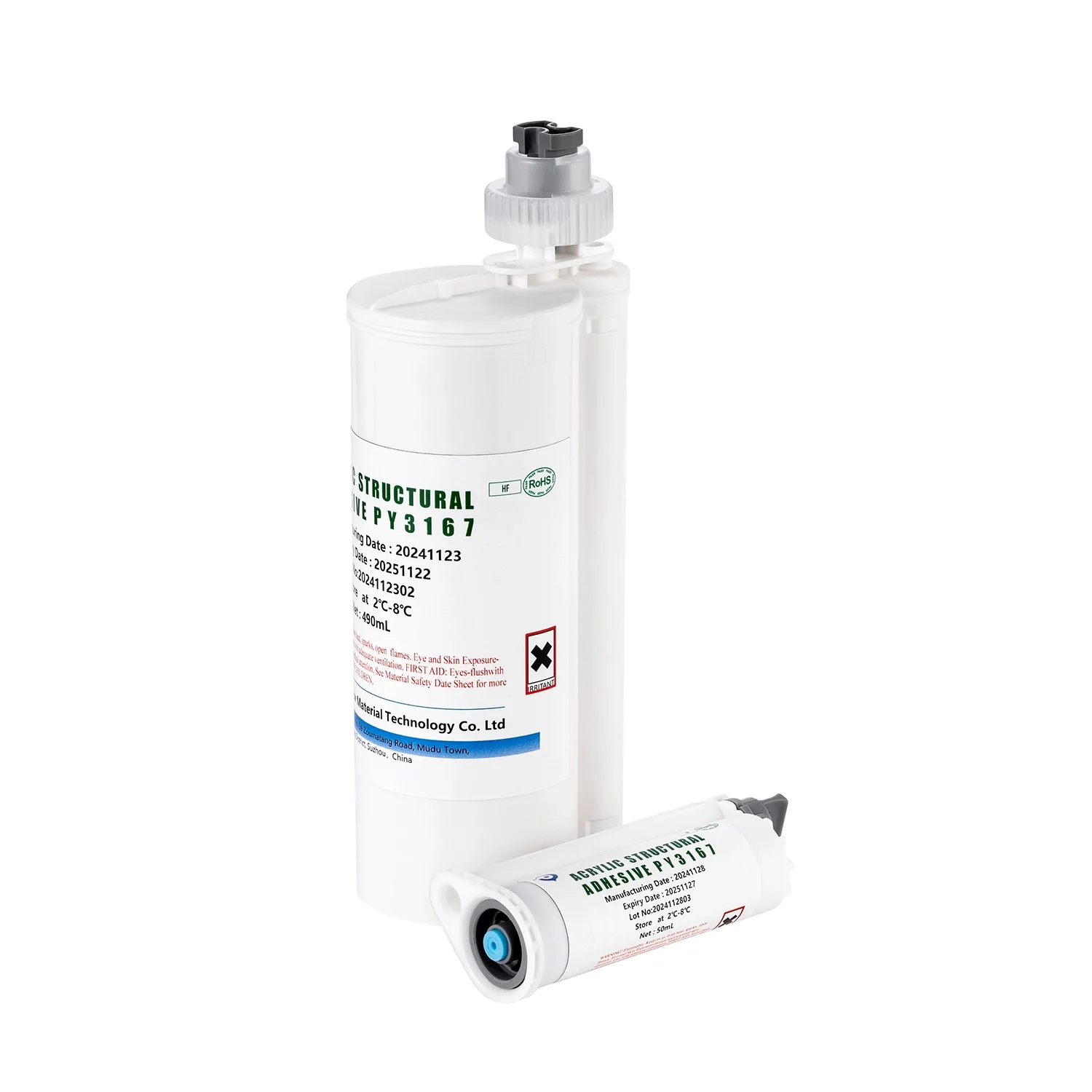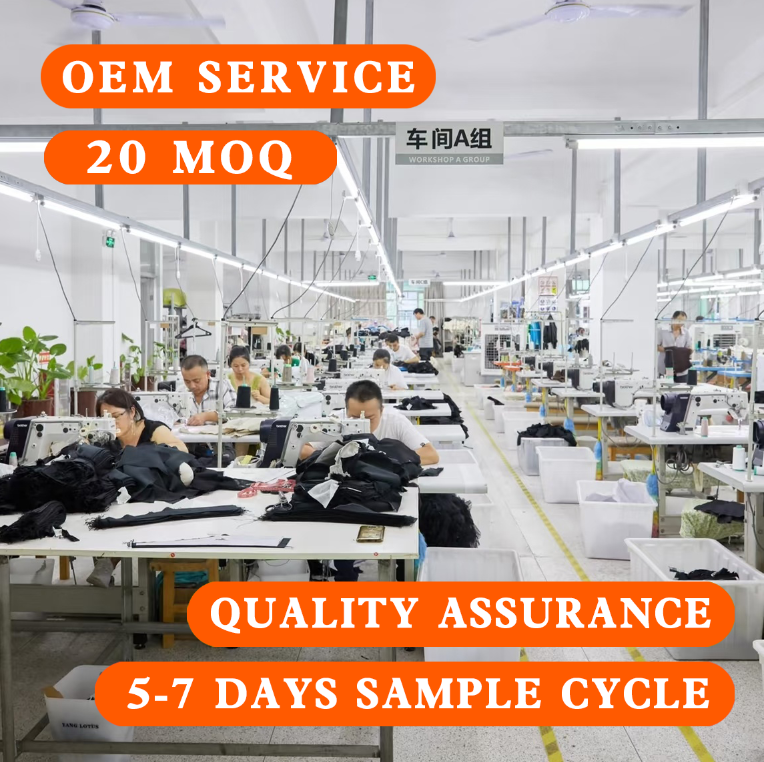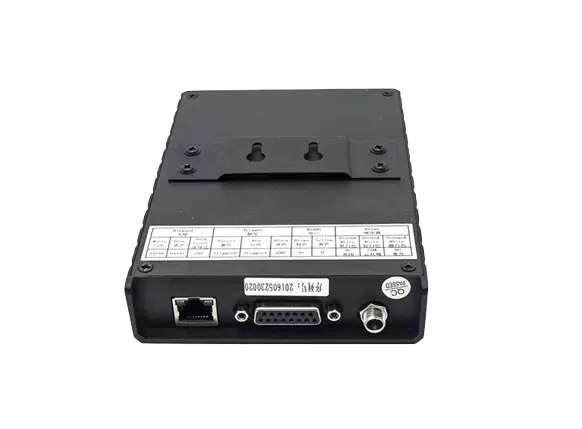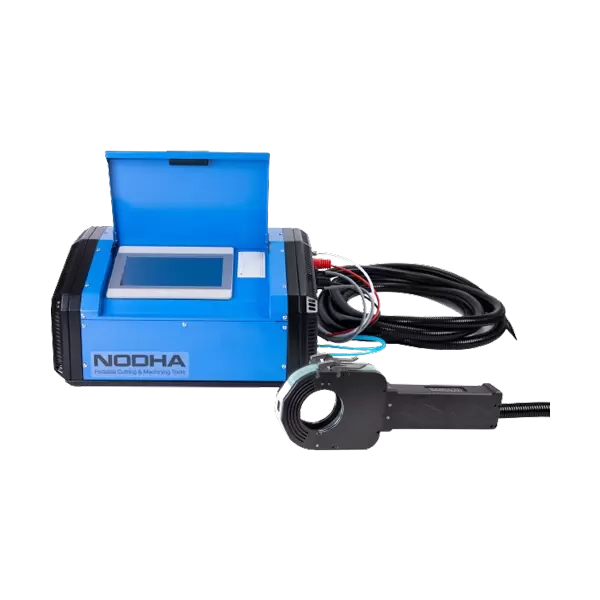Adhesive material has evolved into a critical component of global manufacturing processes, enabling more efficient, durable, and aesthetically pleasing designs across virtually every industry. From automotive and aerospace engineering to electronics and healthcare, adhesive materials have replaced many traditional fastening techniques thanks to their performance advantages and versatility. In this article, Peiyang will explore the full potential of adhesive material: its importance and applications.

Why Adhesive Material Is Essential to Modern Industrial Processes
The use of adhesive material in manufacturing offers numerous advantages that go beyond merely holding two components together. Unlike bolts, rivets, or welds, adhesive bonding distributes stress across a broader area, reduces localized stress concentrations, and allows for joining dissimilar materials without damaging them.
Furthermore, adhesive material improves overall product integrity by creating sealed joints that resist environmental elements such as moisture, chemicals, and dust. In lightweight structures—such as drones, EV battery packs, and portable devices—adhesive bonding plays an indispensable role by reducing the overall weight of components.
In addition to mechanical strength and sealing capability, adhesive material also contributes to noise reduction, thermal insulation, and corrosion prevention. These benefits are particularly valuable in industries like transportation, HVAC, and electronics, where performance and reliability are paramount.
Where Adhesive Material Delivers Maximum Value
Automotive Industry
Adhesive material is widely used for structural bonding, window glazing, dashboard assembly, and battery module construction. Its use improves crash performance, reduces noise and vibration, and supports modular design in electric vehicles.
For example, high-performance polyurethane adhesive material is used to bond EV battery cases, offering both flexibility and chemical resistance.
Electronics and Electrical Equipment
Adhesives in electronics are used for bonding components, potting, thermal management, and EMI shielding. Acrylic and silicone adhesive materials are common in smartphones, LED lighting, and PCB manufacturing.
In particular, thermally conductive adhesive material enables better heat dissipation in compact devices, contributing to longer device lifespan.
Aerospace and Defense
In aerospace, weight reduction and reliability are critical. Adhesive material replaces rivets in composite structures, reducing drag and improving fuel efficiency. Epoxy-based materials are frequently used in aircraft interiors and fuselage bonding.
Military-grade adhesives also offer resistance to vibration, fire, and extreme temperatures, making them essential in high-risk environments.
Medical Devices and Healthcare
Medical adhesives must meet strict biocompatibility, sterility, and durability requirements. From wearable monitoring systems to surgical instruments, silicone and UV-curable adhesive materials provide safe and reliable bonding.
Applications include:
-
Hypoallergenic adhesives in transdermal drug patches.
-
UV-cured acrylics in catheter assembly.
-
Two-part epoxies in dental instruments.
Packaging and Logistics
Hot melt and pressure-sensitive adhesive materials dominate the packaging industry. Whether sealing cartons, labeling bottles, or securing blister packs, these adhesives offer speed and reliability.
They are also designed to work with automated machines and maintain bond strength even in refrigerated or humid conditions.
From microelectronics to skyscrapers, adhesive material enables innovation, sustainability, and performance improvements across global industries. With its unique capacity to bond, seal, insulate, and protect, adhesive material is a technological cornerstone of modern engineering. By understanding the properties, applications, and selection criteria of various adhesive materials, industrial professionals can make informed decisions that optimize manufacturing efficiency and product reliability. Whether you're designing the next electric vehicle or assembling medical devices, the right adhesive material can elevate both process and product to the next level.
https://www.opticaladhesives.com/Products
www.opticaladhesives.com
Suzhou PeiYang New Material Technology Co. Ltd





